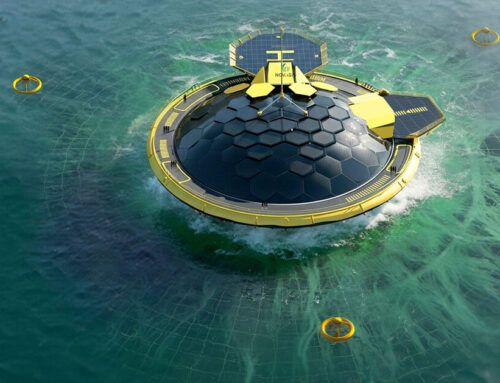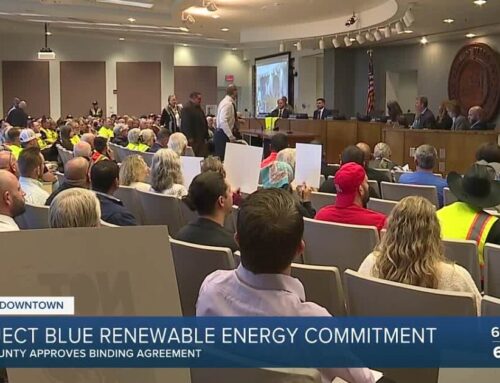Empowering Students to Tackle Global Environmental Challenges – Loyola Marymount Universi
May 7, 2025

Loyola Marymount University will launch this fall its Environmental Science Department, a transition that formalizes the rapid growth and impact of a program already doing standout work in sustainability and interdisciplinary education. Housed within the LMU Frank R. Seaver College of Science and Engineering, the new department builds on years of student-centered innovation, hands-on learning, and real-world application.
“We’ve been accomplishing so much already,” said Nicole Bouvier-Brown, the department’s inaugural chair. “Now, with dedicated resources and faculty, we can create an even stronger home for our students — a space where they feel even more supported, challenged and connected.”
Previously classified as a program, Environmental Science at LMU has long emphasized cross-disciplinary collaboration. Students explore intersections of biology, chemistry, engineering, policy, and communication, preparing for careers that span water resource management, corporate sustainability, and environmental justice. Until now, the faculty supporting the major were often split across other departments.
“The difference is that we’ll now have people whose entire role is focused on environmental science,” Bouvier-Brown said. “That means more attention, more mentorship and more momentum.”

For students, the department’s strength will be its immersive learning model. From their first year, majors participate in field-based experiences — from exploring local wetlands to studying marine ecosystems on an annual boat trip. A recent visit to the West Basin Municipal Water District gave students a firsthand look at sustainable infrastructure, reinforcing classroom lessons about water recycling and regional resource management.
“It’s one thing to learn about these systems in class,” Bouvier-Brown said. “It’s another to see where your water actually comes from — and how it’s reused right here on campus.”
Senior environmental science major Matthew Cameron, who will graduate just as the department officially launches, has been at the center of that hands-on approach. His capstone research project focuses on floral scent compounds along the Southern California coast, combining lab analysis, field sampling, and environmental modeling. He’s worked closely with faculty across biology, chemistry, and environmental science, using software and analytical tools to process his data.
“Environmental science is so interdisciplinary by nature — you have to speak a little bit of every language,” Cameron said. “Being part of this program taught me how to navigate between fields and work as part of a team.”
That same spirit of collaboration inspired Cameron to get involved with recent faculty hiring searches. Despite being in his final year, he saw value in shaping the future of a department he helped grow.
“I just wanted to leave something behind,” he said of attending faculty search events. “We’ve been doing great work for a long time. This department status feels like the recognition we’ve earned.”

Bouvier-Brown believes that a sense of community is foundational not just to LMU’s mission, but to environmental science itself. She recalls her own graduate school experiences, when “field campaigns” required researchers from multiple universities to work together on shared goals. Today’s environmental challenges, she says, demand the same kind of teamwork.
“There’s no environmental problem you can solve alone,” she said. “That’s why building a community of students who know how to collaborate — who come from different backgrounds and bring different skills — is so important.”
The new department structure will also allow for greater curriculum flexibility and interdisciplinary exploration. Students can now count classes in areas like environmental justice and urban sustainability toward their major, helping them think critically about the social, economic and political forces that shape environmental policy and research.
“There’s a growing need for leaders who understand both the science and the systems behind it,” Bouvier-Brown said. “Our students are already stepping into those roles. And now we have the resources to push them even further.”
Search
RECENT PRESS RELEASES
Related Post




